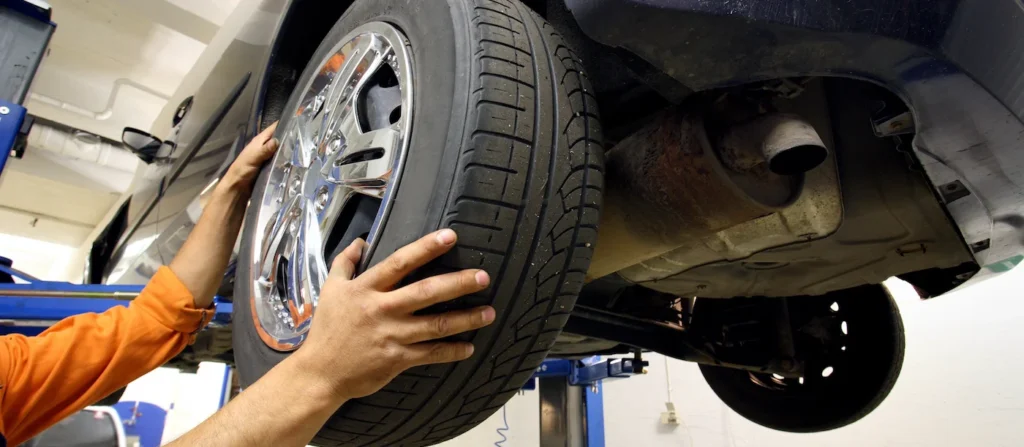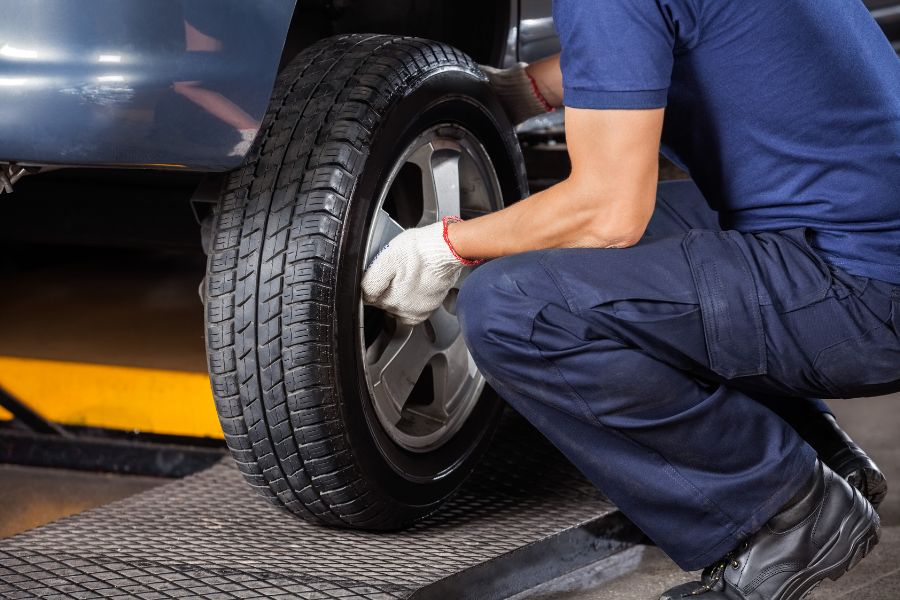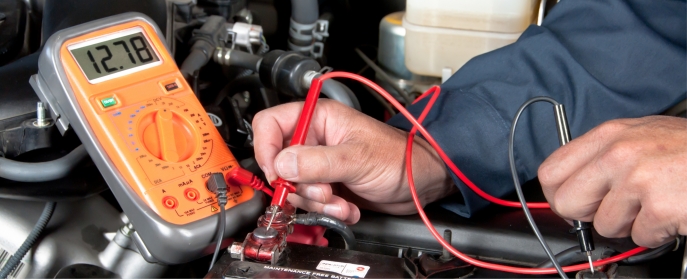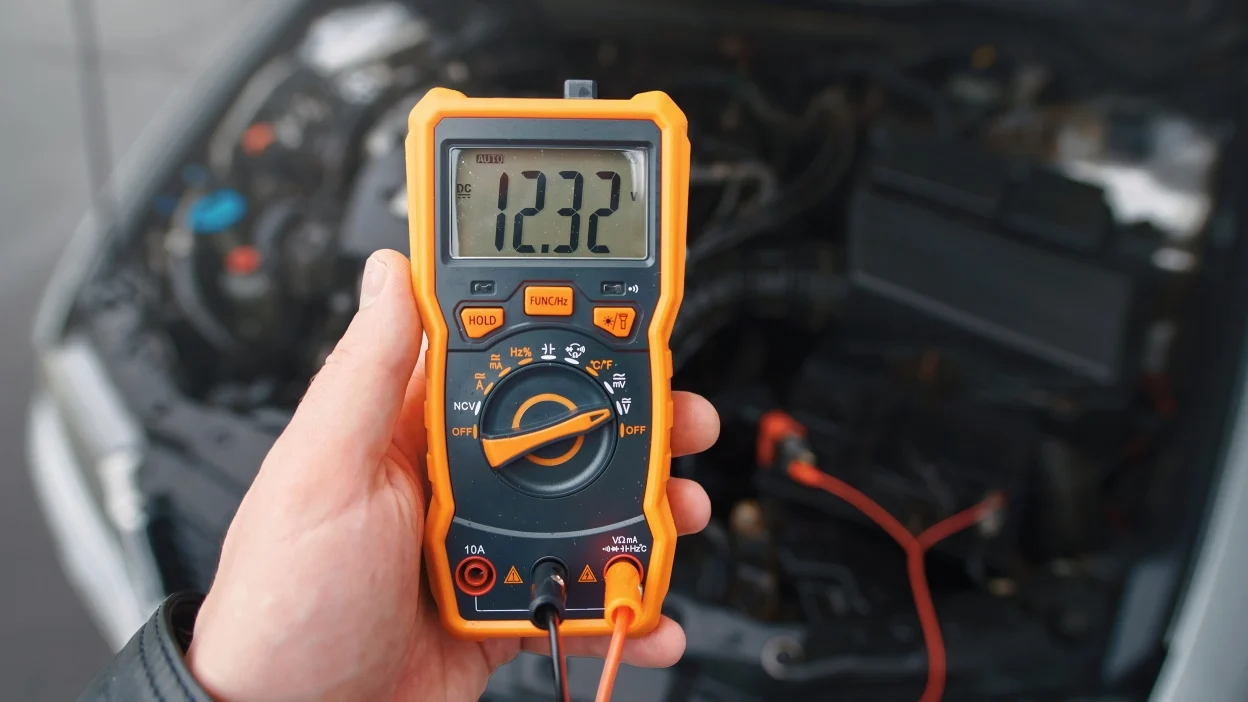Tire maintenance is crucial for safe driving and maximizing your vehicle’s performance. One of the most frequently asked questions by car owners is, how often should you rotate your tires? Regular tire rotation not only extends the life of your tires but also improves fuel efficiency and ensures even wear. In this guide, we’ll answer the question, how often should you rotate your tires, and provide practical tips for maintaining your tires.
Table of Contents
Why is Tire Rotation Important?
Before diving into how often should you rotate your tires, it’s essential to understand why tire rotation is necessary. Tires wear unevenly depending on their position on the vehicle. For instance:
- Front tires often wear out faster due to steering and braking forces.
- Uneven wear can lead to poor handling, reduced traction, and a shorter lifespan for your tires.
By rotating your tires regularly, you distribute the wear more evenly, enhancing safety and performance.
How Often Should You Rotate Your Tires?
The golden rule for tire rotation is every 5,000 to 7,500 miles. However, this can vary based on the type of vehicle and driving conditions. Always refer to your vehicle’s owner’s manual for the manufacturer’s specific recommendations.
If you’re wondering how often should you rotate your tires and drive under extreme conditions (e.g., heavy towing or off-road driving), you may need to rotate them more frequently. In these cases, every 3,000 to 5,000 miles is advisable.
Signs You Need a Tire Rotation
Even if you’re unsure how often should you rotate your tires, your vehicle may show some telltale signs:
- Uneven tread wear
- Vibrations when driving
- Pulling to one side
Ignoring these signs can lead to reduced tire performance and costly replacements.
How to Rotate Your Tires
Understanding how often should you rotate your tires also involves knowing the process. While you can perform a tire rotation at home with the right tools, many car owners prefer professional services to ensure accuracy.
Common Rotation Patterns:
- Front-to-rear rotation: Move the front tires to the rear and vice versa.
- Cross-rotation: Swap front tires diagonally to the rear and vice versa.
- Side-to-side rotation: Switch tires from one side of the vehicle to the other.
Your rotation pattern may depend on whether you have front-wheel drive, rear-wheel drive, or all-wheel drive.
Benefits of Regular Tire Rotation
Now that you know how often should you rotate your tires, here are some key benefits:
- Extended Tire Life: Prevent premature wear and save money in the long run.
- Improved Fuel Efficiency: Evenly worn tires create less resistance, improving mileage.
- Enhanced Safety: Maintain consistent traction and stability on the road.

FAQs About Tire Rotation
1. Can I rotate my tires less often?
If you skip rotations, your tires may wear unevenly, leading to reduced lifespan and performance. Stick to the recommended intervals of how often should you rotate your tires.
2. Do I need to rotate my tires if they are all-season tires?
Yes! All-season tires also require regular rotation. Regardless of the tire type, following the guideline of how often should you rotate your tires ensures even wear.
3. Is tire rotation necessary if I drive less frequently?
Even if you drive occasionally, you should still rotate your tires. Low mileage doesn’t eliminate the need for maintenance.
Conclusion
Tire rotation is a simple but essential part of vehicle maintenance. By adhering to the guideline of how often should you rotate your tires, you can enhance your car’s safety, performance, and efficiency.
Remember, the answer to how often should you rotate your tires depends on factors like mileage, driving habits, and vehicle type. When in doubt, consult your owner’s manual or a trusted mechanic.
Make tire rotation a priority to keep your car running smoothly and save on long-term costs. Still asking yourself how often should you rotate your tires? The answer is clear: stick to a consistent schedule for safer, more efficient driving.
Related Post:
For more on maintaining your tires, check out our guide on How to Check Tire Pressure: 6 Easy Steps.





Leave a Reply